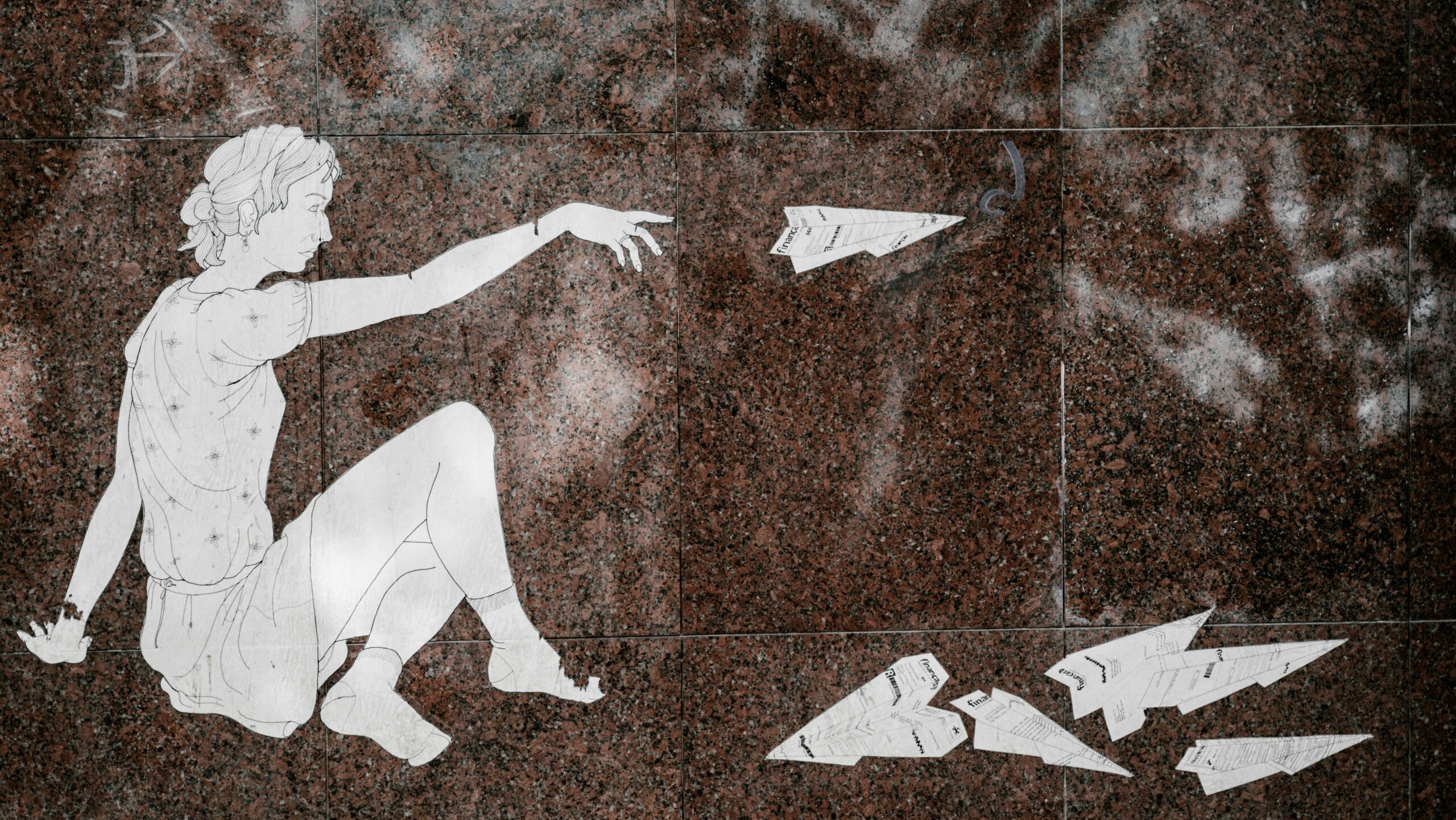In this article, each of the spike swing movements will be carefully explained step by step. It would be appreciated if you could read it by comparing the frame-by-frame images with the text in sequence.
サーキュラー・アーム・スイング(circular arm swing)

- the right hand take-back is initiated by a rightward rotational movement of the trunk
- the rightward lateral bending movement of the trunk further increases the take-back action of the right hand and the right elbow is lowered. The left hand is facing the falling ball and projecting upwards. At this point, the shoulders and right elbow are positioned almost in line with each other.
- enter the process from the completion of the take-back towards the ball hit. The leftward rotation and lateral bending movements of the trunk start. In conjunction with these movements, the right hand enters into a swinging motion (the arm is swung in the movement of the trunk) In this process, the right elbow moves slightly forward and upwards.
- the swing movement accelerates in conjunction with the trunk rotation and lateral bending movements. In this case, the right elbow moves further forward and upwards. The left shoulder falls and the right shoulder rises (the hitting point becomes higher) due to the leftward lateral bending movement of the trunk. 5.
- ball hit with maximum acceleration of the swing movement and in zero position.
- follow-throw after ball hit. After the hit, the arms are in a state of weakness.
ボウ・アンド・アロー・アーム・スイング(bow and arrow arm swing)

1-2. swing both arms high in a forward direction (this action delays the completion of the take-back)
- complete the take-back by pulling the raised right arm backwards just ‘like drawing a bow and arrow’ (this take-back is unlikely to result in a lateral flexion movement. Instead, a backward bending movement may be added). 4.
- after completion of the take-back movement, the process towards ball hit is initiated. Now the leftward rotational movement of the trunk and the (forward bending) movement start. In conjunction with these movements, the right hand enters the swinging motion. 5.
- the swinging motion accelerates in conjunction with the rotational and (forward bending) movements of the trunk. At this time, the right elbow moves further forward. The ball is hit in the zero position, where the acceleration of the swing action is at its maximum and highest point of impact and where the most power can be exerted.
- follow-throw after ball hit. After the hit, the arm is in a state of weakness.
ストレート・アーム・スイング(straight arm swing)

- swing both arms high in a forward direction (this action delays the completion of the take-back)
- take-back with the right hand in parallel with the backbending movement of the trunk (the take-back movement is smaller because it is not accompanied by a trunk turning movement)
- -6. in parallel with the forward bending movement as a reaction to the back bending movement, the right hand is swung straight down against the ball
The next section describes the characteristics of each spike swing.




